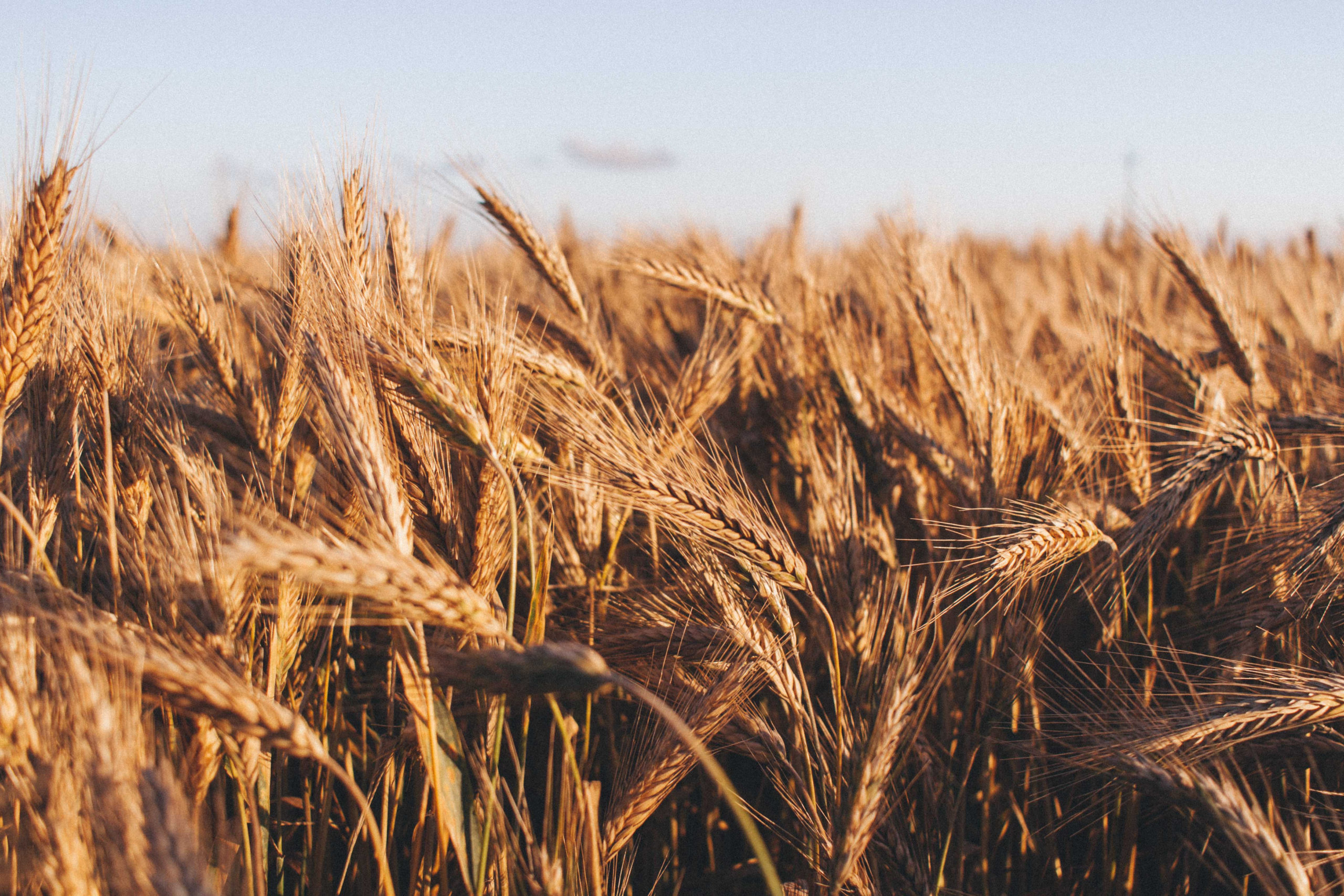What Is Candida Albicans?
Candida albicans (C. albicans for short), is a yeast, a member of the fungus family, which lives in our intestinal tract along with other good and bad microbes that together make up our gut microbiome. Our intestines are full of friendly bacteria that work for us by helping to digest foods, produce vitamins and so on. Usually, C. albicans is harmless and can be found in the intestinal tract of 40% of healthy adults without causing us any discomfort. However, if C. albicans grows unchecked, it causes candidiasis (a pervasive yeast overgrowth or infection). Although almost 20 species of Candida may cause infection, we know that C. albicans is the most common culprit. Now, most of you will be stopping here to say to yourselves, “Isn’t that a kind of infection that causes vaginal itching or a UTI? Wouldn’t I know if I had that??”
The answer is yes AND no.
An overgrowth of this bacteria can cause unpleasant itching and vaginal yeast infections and those kinds of symptoms usually clue someone in that it’s time to take a trip to their doctor. However, it can also cause yeast infections in your GI tract, esophagus, skin and mouth, and those types can be more difficult for us to spot. Therefore, overall gut support can help prevent overgrowth.
First things first, what exactly causes an overgrowth of this fungus? Some of the top offenders are:
Taking antibiotics frequently on and off or long term
Antibiotics don’t differentiate between our good and bad microbes. They wipe out the good, the bad and the ugly. Without good bacteria to balance out the bad, it becomes more likely that certain bacteria, like C. albicans, will flourish and cause problems like (yep, you guessed it) yeast infections. Additionally, eating conventionally raised beef can contribute to yeast overgrowth, as many livestock are given antibiotics. We are what they eat! One other possible reason this happens is that when our microbiome is disrupted, our guts produce less biotin, one of the B vitamins. Biotin helps suppress the transition of C. albicans into the form that causes yeast infections. So, less biotin = more risk of candidiasis.
Using corticosteroid drugs (especially inhalants) or having a compromised immune system
Corticosteroid drugs suppress our immune system in order to reduce symptoms that occur when our immune systems are in overdrive. These medications are often prescribed for asthma or autoimmune conditions like Multiple Sclerosis or Crohn’s Disease. Those with weakened immune systems are more at risk for candidiasis. Specifically, using an inhaler puts you at greater risk for oral yeast infections.
Type 1 or Type 2 Diabetes
People with diabetes tend to have higher sugar content in their mouth. Sugar feeds yeast infections (since yeast is a type of sugar), and this puts them at greater risk for oral candidiasis. Getting diabetes under control can help keep yeast infections at bay.
Hormonal imbalances
Estradiol, one of the body’s main forms of estrogen, promotes the growth and survival of C. albicans. Estrogen dominance can lead to increased risk of developing yeast infections. This overgrowth can trigger many symptoms similar to PMS such as fatigue, depression, irritability and even joint pain. Balancing estrogen and progesterone levels is key to reducing risk of yeast overgrowth.
Chronic Stress
During the stress response, cortisol is released which in return causes our blood sugar to go up. Yeast loves sugar, which can contribute to more overgrowth. In addition, stress compromises our immune system and can impair the ability for us to fight infection. Those with chronic stress may tend to have more ongoing yeast infections.
Diets high in refined grains, sugars and other processed inflammatory foods
Poor diets over time can lead to disruptions in our gut microflora, which can lead to increased risk of candida overgrowth. Sugar is also yeast’s favorite snack. Choose a diet low in refined sugars by avoiding enriched grains, sweets, frequent desserts and sodas.
How do I know if I have an overgrowth of C. albicans?
Certain symptoms point to possible yeast overgrowth. If you have any of the below symptoms, consider that yeast overgrowth might be the reason:
- White coated tongue
- Chronic fatigue or exhaustion
- Bad breath
- Frequent UTIs
- Cravings for sweets
- Hormonal imbalances or mood swings
- Aches in joints and muscles
- Gas, bloating or sudden onset of food sensitivities
How do I get rid of a yeast overgrowth?
Because the symptoms of candidiasis are far reaching and could also be caused by many other things, it’s a good idea to get a stool, urine or blood test to determine if you have this fungal overgrowth. The good news is that a yeast overgrowth is fairly easy to get under control. Candida is opportunistic, so instead of killing it, the best way to curb it is by starving it out and removing its fuel source.
One of the best ways to do this is through diet, stress management and in many cases, therapeutic supplements:
- Remove refined grains and sugars from your diet as doing so will help restore your immune system and reduce inflammation. Corn syrup, fructose, lactose, glucose, sucrose, honey, molasses, fruit juices, cookies, cakes, processed or boxed snacks made with flour, potato or corn starch should be eliminated for at least 2 weeks to allow your body to heal.
- Choose high quality animal like grass-fed meat, pasture raised chicken and eggs, wild fish and organic turkey
- Eat unlimited amounts of non-starchy vegetables like cauliflower, kale, spinach and broccoli
- Include high quality oils and fats like olive oil, grass fed butter, and coconut oil. Avoid processed, damaged oils like corn, safflower, sunflower, canola, soybean and hydrogenated oil.
- While fruit is very beneficial to our health, it is a source of sugar, therefore limiting your fruit intake to no more than 1-2 servings is recommended if dealing with ongoing yeast infections. Choose fruit lower in fructose like berries, kiwi, lemons, limes and grapefruit. Avoid over ripe fruits
- Start taking a probiotic or eat probiotic rich foods that help restore balance to the gut microbiome. Some wonderful sources of probiotics are yogurt, sauerkraut, kimchi, kombucha or kefir. Making your own fermented foods yields the highest content of beneficial bacteria, though you can find most of these foods at your local grocery store as well.
- Caprylic acid, which is found in coconut oil and MCT oil, is a potent antifungal and it is also a great way to get your body to start using fat more efficiently as a metabolic fuel! Other powerful antifungals include thyme, oil of oregano, pau d’ arco, undecylenic acid.
- Grapeseed Extract is a powerful antimicrobial (start with one a day then build up to 3 a day with meals). Other antimicrobials include goldenseal, berberine and garlic. Garlic capsules contain allicin, which is the compound responsible for its beneficial properties. You can choose to take a supplement that contains allicin or eat more garlic in your diet!
Keep in mind that sometimes feeling worse before feeling better is normal. It could take 2-5 days for your body to adjust. Drinking water is always important to help flush the body and support detox.
Yeast overgrowth may be hard to spot but knowing some of the red flags can be immensely helpful in determining if you suffer from this fungal imbalance. Candidiasis can be fairly easy to eradicate with a few simple dietary measures and well-chosen supplements.
Talk to your health care provider or consult with a nutritionist before starting any kind of candida cleanse or before using a supplement therapeutically. Contact us today if you need help getting to the bottom of yeast overgrowth.



